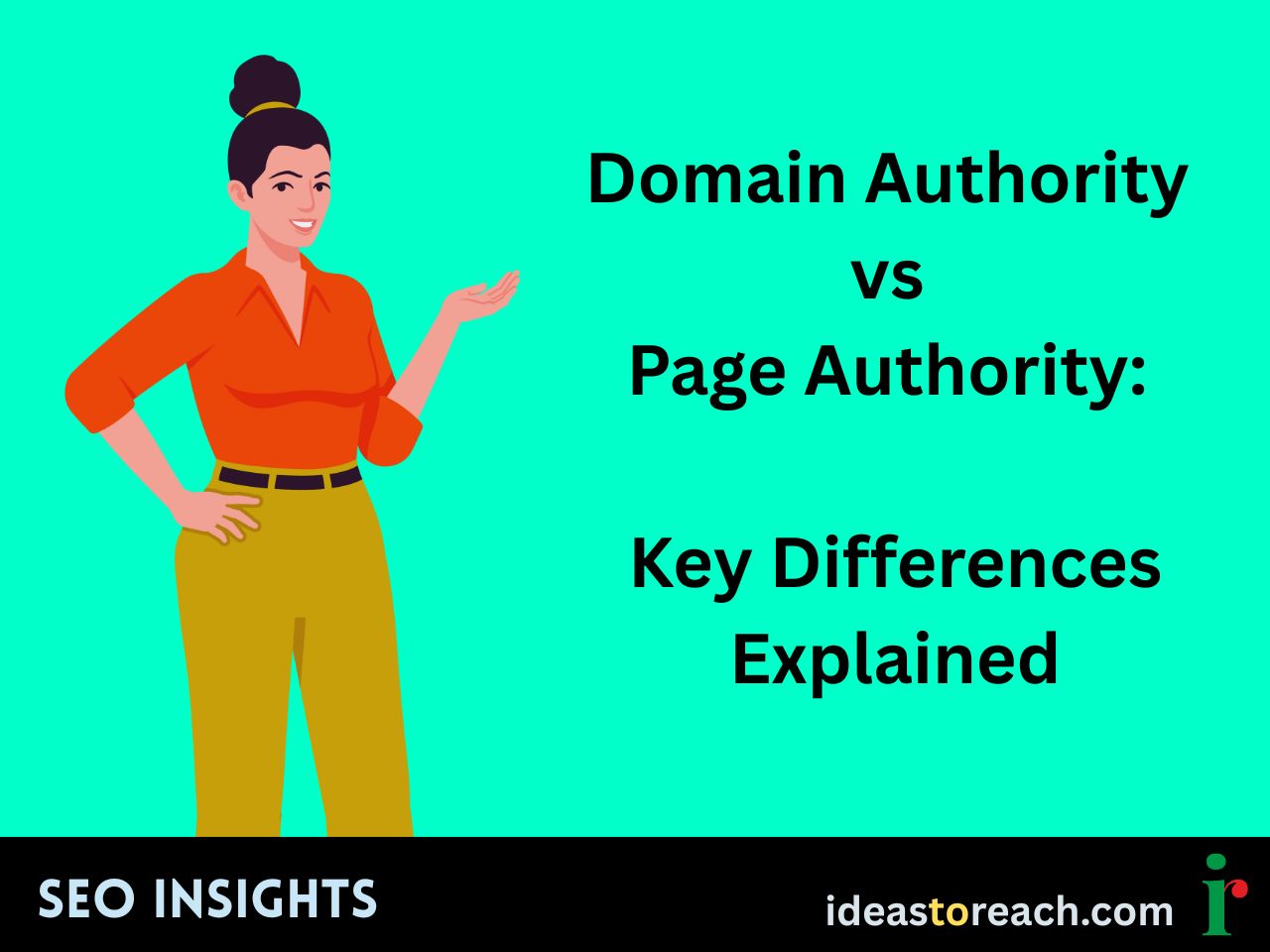
In SEO, two metrics often come up when evaluating ranking potential — Domain Authority (DA) and Page Authority (PA). They sound similar, but they measure different things.
Understanding how each one works can help you analyze your website more effectively, fine-tune your content strategy, and choose the right areas to improve.
In this page, we’ll break down the differences, when to use each metric, and how to improve both for better visibility in Google search.
Domain Authority (DA) is a score that predicts how well your entire domain (website) is likely to rank in search results. Created by Moz, it ranges from 1 to 100 and is based on the quality and quantity of backlinks to your entire site.
DA is useful when:
We’ve explained how it works in detail here:
How Domain Authority Works and What Influences It
Page Authority (PA) is similar to DA but focused on a single web page — not your whole site.
PA also ranges from 1 to 100 and is based on factors like:
Moz calculates PA using a similar methodology as DA, but the input is the page URL instead of the domain.
Let’s compare them side by side:
| Factor | Domain Authority (DA) | Page Authority (PA) |
|---|---|---|
| Focus | Entire domain | Individual web page |
| Use Case | Compare sites, track authority | Measure ranking potential of a page |
| Affected By | Backlinks to the domain | Backlinks to the page |
| Score Range | 1 to 100 | 1 to 100 |
| Goal | Improve whole site reputation | Improve performance of key pages |
That depends on your SEO goals.
DA and PA are often connected — when your Domain Authority improves, it usually gives a small boost to individual Page Authority scores.
However, you can have:
For example: A new blog post with great content and backlinks may have a PA of 45, even though the site’s DA is only 30.
So don’t ignore PA — it’s a smart way to spot high-potential pages worth promoting further.
Explore more in our guide on Internal Linking for SEO Success to help distribute authority between your pages.
Several free tools let you check both metrics:
Enter either your domain or a specific page URL, and you’ll see both DA and PA scores.
For more tool recommendations, visit:
How to Check Domain Authority for Free
More on this here:
Why Domain Authority Matters in SEO
Think of Domain Authority as your company’s reputation.
Think of Page Authority as the performance of one salesperson on your team.
A company may have a strong brand, but individual salespeople still need to close deals, meet targets, and deliver value. The same way, even if your domain has high trust, each page must still prove its relevance and earn its ranking.
This layered view of SEO helps you stay grounded and strategic — not just data-driven.
SEO is not about either/or — it’s about both/and.
Use Domain Authority to understand your site’s position in the broader digital ecosystem.
Use Page Authority to guide the performance of your content — post by post, page by page.
By tracking and improving both, you create a balanced, scalable SEO strategy that grows naturally and steadily over time.
Shall I continue with Page 6: Is Domain Authority a Google Ranking Factor?
Previous page: How to Check Domain Authority for Free
Next page: Is Domain Authority a Google Ranking Factor?